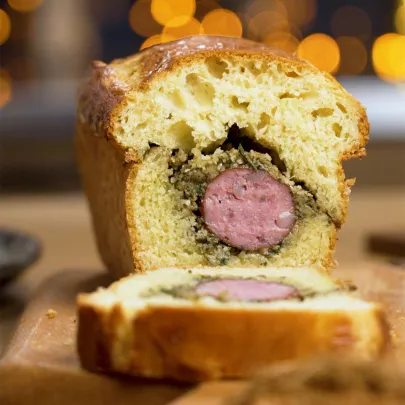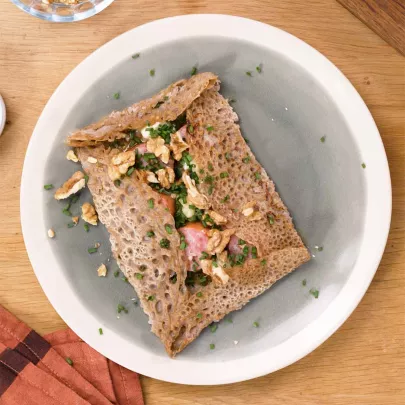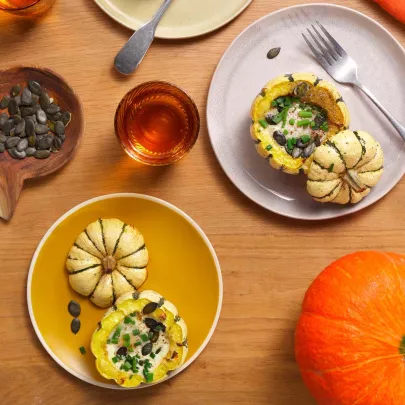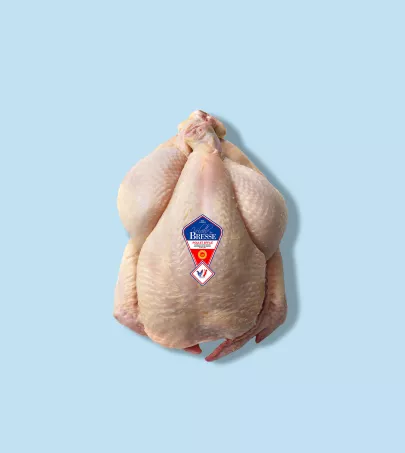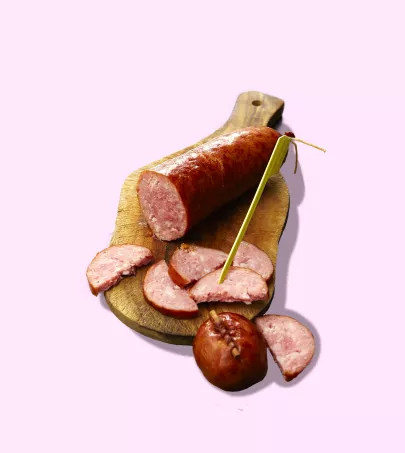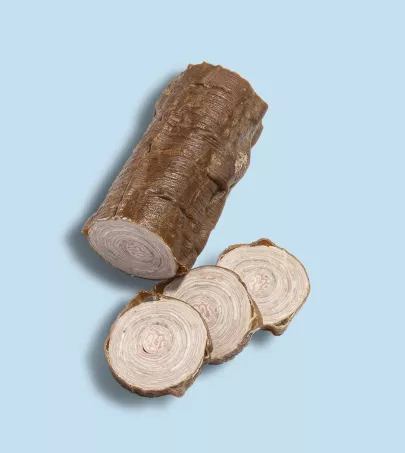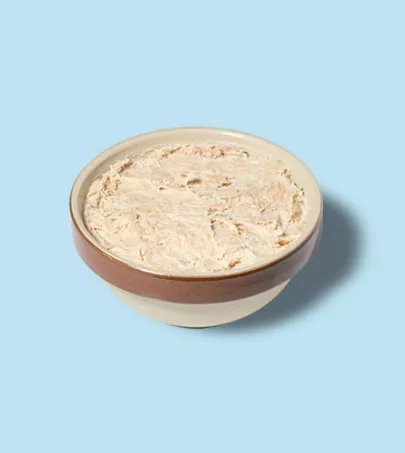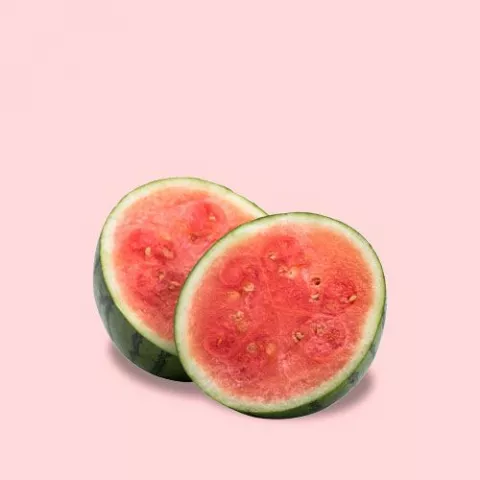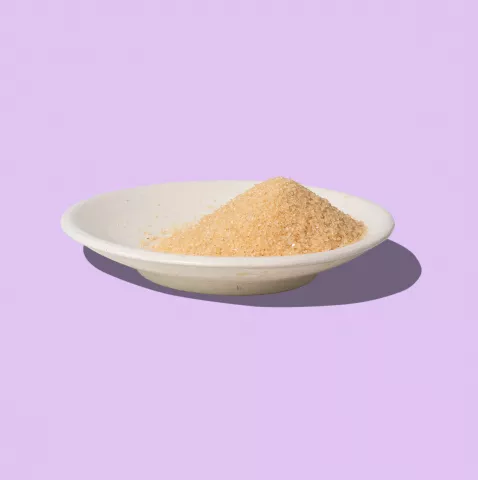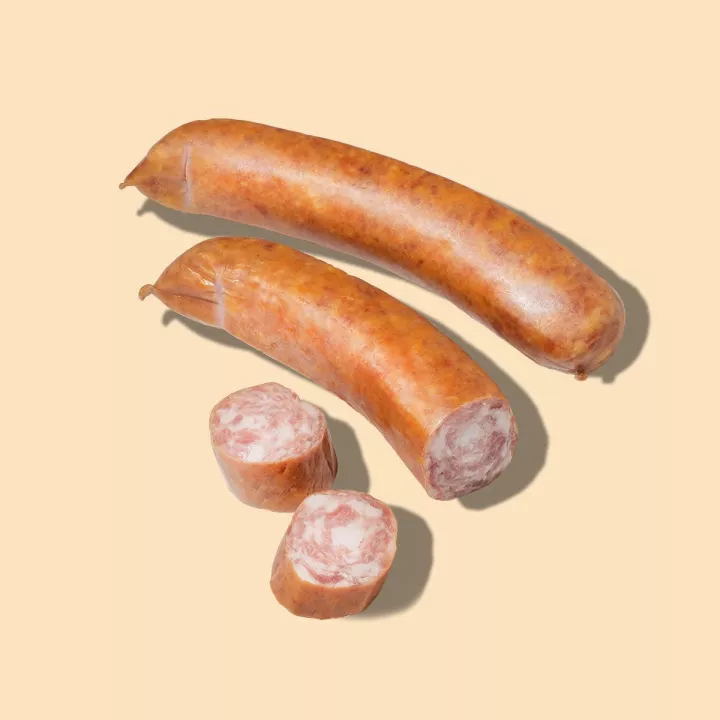
Saucisse de Montbéliard PGI
Bourgogne Franche-Comté
The Montbéliard sausage has conquered the world since it was first created in Franche-Comté in eastern France, in the 1st century B.C. And for good reason! Awarded PGI status in 2013, this sausage is made entirely from pork, is seasoned with pepper and cumin, is contained in a natural casing and is slowly smoked with softwood. It has a delicious smoky, spicy aroma and a firm, yet juicy texture. Extraordinary.
What you need to know
A Montbéliard is not just any sausage! Secular traditions and a PGI make sure of that. Let's start with the quality of the meat used: it needs to be French pork, from pigs reared on whey, as part of a circle that is virtuous to say the least. Cows fed on the fresh grass of the pastures in warmer weather and on hay in the winter produce milk for cheesemaking. When this curdles, it produces a very rich liquid or lactoserum, which is then fed to the pigs. They in turn provide the manure used to fertilize the meadows, thereby closing the loop. The meat from these animals is sorted to obtain a mixture of lean and fatty pork, then seasoned, mainly with salt, pepper and cumin. It is then coarsely chopped and tumbled, and the resulting preparation is stuffed into natural, non-colored casings, which are sealed by twisting, producing strings of sausages. Then, all that is left is to smoke them, slowly and using only naturally burned sawdust and softwood.
Characteristics
Look
Taste
Editor's note
How to use
Storing Saucisse de Montbéliard PGI
In the refrigerator, until the use-by date shown on the packaging. It can also be frozen to store for longer, before or after cooking.
Preparing Saucisse de Montbéliard PGI
Do not prick Montbéliard sausages before cooking, as this may dilute the flavors.
Using Saucisse de Montbéliard PGI
They are usually cooked in simmering water for 20 to 25 minutes, starting from cold, but Montbéliard sausages can also be steamed or cooked en papillote, in the oven, over coals, or even barbecued, once they have been cooked in water.
Pair with
Cabbage, carrots, lentils, potatoes, Comté cheese… And as for wine, go for a red, preferably a Côtes du Jura, Coteaux du Lyonnais or Côte du Rhône.

